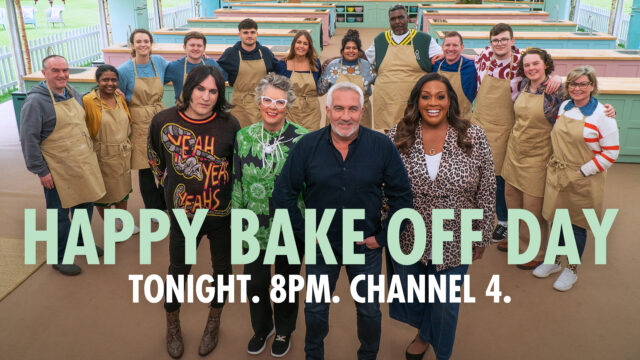27-year-old Tasha Jones makes TV history as the first-ever deaf contestant to appear on Channel 4’s hit reality show, The Great British Bake Off.
The keen baker will be joining the show with her BSL interpreter.
Despite BSL being officially recognised as a language in England, it is not on the school curriculum.
Several petitions have been started by members of the deaf community or people with hearing-impaired friends and family, such as Wayne Barrow in 2017. The goal was to make teaching sign language compulsory – but this rule is yet to be implemented.
With this in mind, the team at Preply has outlined the core benefits of learning sign language, as well as the basic words and gestures to help get you started.
Your grasp of your native language could improve
The benefits of learning sign language are vast. Not only would it allow you to connect with people from all walks of life, but it has been suggested that learning any new language actually allows you to improve your grasp of your native one, especially when it comes to spelling and vocabulary. This is due to thinking about grammar and sentence structure far more regularly than you ordinarily would.
More career paths could be available
Dipping your toes into the waters of BSL has also been shown to heighten your listening skills, as holding a conversation in sign language, if you are not used to it, will require a great deal of concentration on hand gestures and lip-reading. As well as working out your brain, learning sign language could even open up new doors when it comes to your career, as many companies are regularly looking for interpreters.
Making new connections will be easier
Being aware of the basics of sign language is guaranteed to come in handy in your life, even if you do not, as of yet, know any members of the deaf community. Having a grasp of greetings and the ability to ask questions would avoid the risk of making somebody feel excluded or awkward, and would also make it easier for you to make new friends.
The basic sign language words and phrases to help you get started
Hello
First of all, we have an absolute essential. After all, if you don’t know how to say ‘hello’, how are you going to involve yourself in any conversation? This action is extremely simple and easy to remember, as it is the universal sign for ‘hello’ in most languages. Simply wave your hand from left to right near the side of your head.
Goodbye
Another crucial element of sign language to have under your belt is to know how to say ‘goodbye’. Ideal for excusing yourself from awkward and uncomfortable situations, the ‘goodbye’ signal is also the same across most languages.
It is also the same movement as the one for ‘hello’, making both very easy to remember. To differentiate from ‘hello’, make sure you change your facial expression.
How are you?
Next up, we have the signal for ‘How are you?’, a staple of any polite and civilised conversation. The movements are very straightforward, simply involving you moving your hands upwards towards your throat, then back down again with your thumbs up.
As you bring your thumbs down, always remember to include a questioning expression, in order to keep things as genuine and friendly as possible.
No
Another staple of any conversation is the word ‘no’. Ideal for setting boundaries and expressing your opinions, the movement for ‘no’ simply involves holding your hands up, as though you were saying ‘stop’, then moving them outwards away from your chest.
As a rule, always remember to keep a polite and approachable expression on your face, so that this signal does not come across as rude or abrupt.
Please / Thank you
Manners cost nothing in any language, so always remember to say ‘please’ and ‘thank you’ by holding your hand flat against your chin, then moving it downwards towards your chest.
A good way to avoid forgetting this signal is to think of it as almost like blowing a kiss, without involving your mouth in the movement.
Sorry
Despite being famous for being one of the hardest words to say in any language, the signal for apologising to somebody in BSL is quick and effortless. Simply hold your hand in a fist against your chest, then move it around in circular motions.
Once again, remember to maintain a genuine, apologetic look on your face, in order to avoid coming across as sarcastic or rude.
Yes
Finally, we end on a positive note with the signal for ‘yes’. In order to agree to something in BSL, you need to nod your head, while curling your fingers into a fist and facing it outwards.
Move your hand backwards and forwards slowly while continuing to nod – and don’t forget to add ‘please’ or ‘thank you’ afterwards, for good measure!




